Radiated tortoise
$2,300.00 Original price was: $2,300.00.$1,900.00Current price is: $1,900.00.
radiated tortoise for sale | radiated tortoise for sale california | high yellow radiated tortoise for sale
Radiated tortoise for sale have high-domed, dark brown to black carapaces that are marked with bright yellow or orange lines of varying thickness that ‘radiate’ from the center of each plate creating a finely detailed star pattern. The legs, elephant-like feet and blunt-shaped head are yellow. On top of the head there is a dark patch which varies in size among individuals. Their coloring and appearance helps to camouflage them in long grasses.
Size: They are one of the larger species of tortoises, reaching an overall length of up to 16 inches (40 cm) and weighing up to 35 pounds (16 kg).
Behavior: Radiated tortoises are peaceful but will become aggressive towards individuals that they see as a threat. During the breeding season, rival males will fight and attempt to roll one another onto their backs.
Diet: These tortoises are grazing herbivores, feeding on grasses, fruit and succulent plants, which make up approximately 80-90% of their diet. They eat during the day and prefer new growth for its high-fiber content.
Senses: Like other tortoises, the shell is supplied with blood vessels and nerves so they can feel when being touched.
Communication: Males display during breeding season by bobbing their head and make hissing and grunting sounds while mating. When startled, they let out a loud screeching sound.
Reproduction:
Sexual maturity in males is attained once they reach a length of about 12 inches (31 cm) and in females a few inches more than twelve. The male begins courtship by head-bobbing display and smelling the female’s legs. He then climbs on her back. The female lays 3 to 12 nearly spherical eggs in a nest that she had dug earlier into the ground, covers the eggs and then leaves. Incubation is long, lasting five to eight months. Juveniles are white to off-white and will get their high- domed carapace soon after hatching.
Habitat/range: They inhabit dry spiny forests, thorn bushes and woodlands of southern and southwestern Madagascar.
Status: Classified as Critically Endangered on IUCN Red List and on CITES Appendix I. They are listed as endangered due to collection and habitat loss.
Reviews
Add a review Cancel reply
Related products
Tortoise
Tortoise
Tortoise
Tortoise
Tortoise
Tortoise
Tortoise
Tortoise


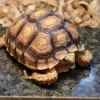
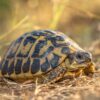
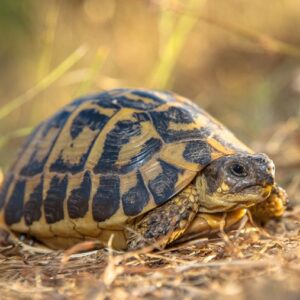
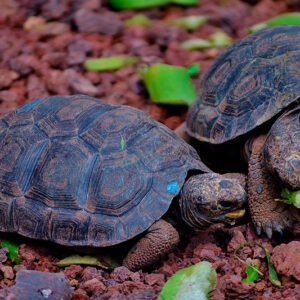

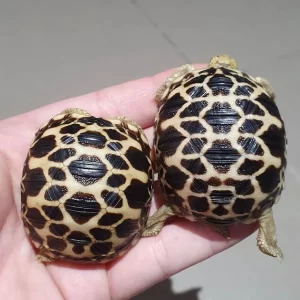
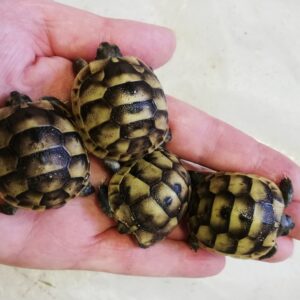
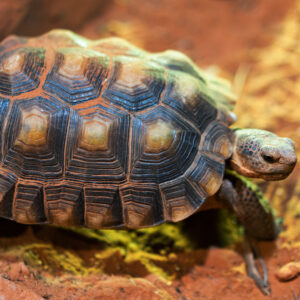
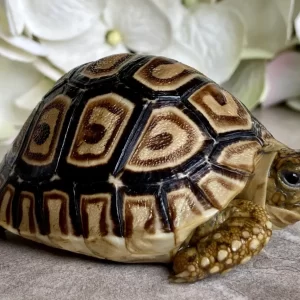

Your review is awaiting approval
purchase ondansetron for sale – order ondansetron online order zocor 20mg online cheap